Before I took to small-boat cruising in 1980, I did a lot of backpacking and was acutely aware of the weight of everything I had to carry. The longer I planned to stay out on the trail, the more food I needed to pack and the lighter it had to be. Ready-made backpacking meals in the ’70s were expensive and not very interesting, which is putting it mildly for TVP (textured vegetable protein), then a popular camp staple.Fortunately, I could instead carry real food, thanks to the dehydrator my mother used to preserve some of the fruit and vegetables we grew in our backyard garden. For backpacking, I dried a lot of fruit, especially bananas, and my mother’s black-bean soup, which instantly came back to life with a bit of hot water. Black bean soup—made of canned black beans, boxed vegetable broth, diced onions, minced garlic, cumin, salt, and pepper—takes 15 minutes to make, 30 minutes to cook, and a few hours to dry. Puréed and spread on parchment paper, it dries feather-light and is just as tasty when reconstituted. Photographs by the author
Photographs by the author
Join The Conversation
We welcome your comments about this article. To include a photo with your remarks, click Choose File below the Comment box.

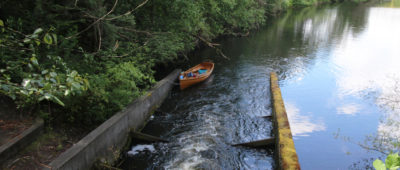
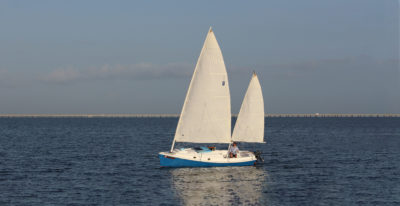

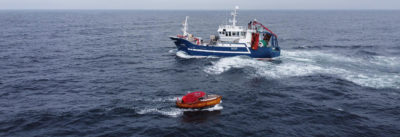

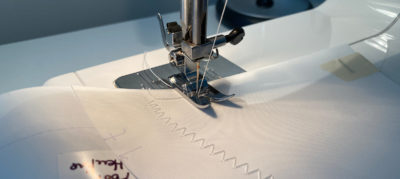
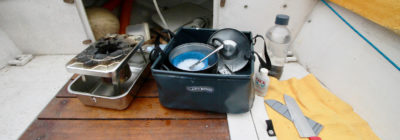
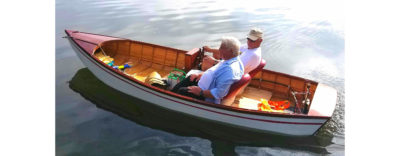
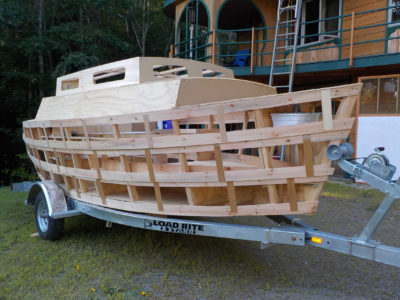
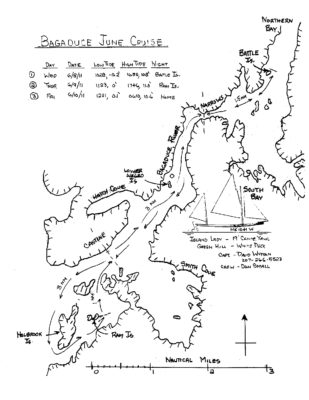
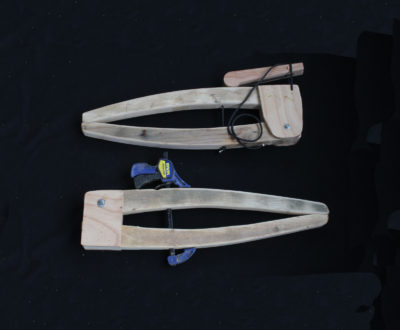
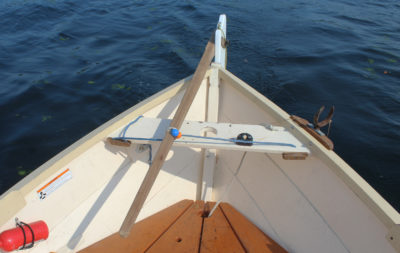
Good article. Food for thought, as it were. I am wondering about how appealing some of these things, or others that can be thought of, would be with room temperature water, or perhaps water warmed by the sun under a dark cover would be. Sometimes the clutter of even a simple alcohol stove and can of fuel along with the effort to heat the meal seems not to be worth the effort after a long strenuous day.
What great ideas. But I was really hoping for the black bean soup recipe of your mother’s!
Here you go:
Black Bean Soup
1-1/2 Tbsp olive oil
3/4 cup diced onions
28 oz canned black beans with juices—don’t drain
2 tsp cumin
1/4 tsp salt
Pinch black pepper
3 cups vegetable broth
Bring a large pot to medium heat and add olive oil and onions. Reduce heat, stir, and cooked covered for 4 to 6 minutes until soft.
Add garlic and cook 1 to 2 minutes
Add black beans, cumin, salt, and pepper, and broth
Bring to boil. Reduce heat, simmer covered for 30 minutes
Blend until smooth with immersion blender or food processor
Dehydrating: Spread on parchment-paper on rack, dry until crispy, pulverize in food processor or with rolling pin.
Rehydrating: Put in a cup or bowl, about 1/2 to 2/3 the volume you’d like to eat. Add boiling water and stir until restored to consistency before dehydrating or thicker.
Great info, we are needing to build up a cruising-food menu. Our meals have to be gluten free so a lot of store-bought expedition meals don’t work for us. This gadget would allow us to just dehydrate some of our leftovers. And now we have a biscotti recipe as well 🙂
The banana bread recipe I use for the biscotti calls for gluten-free flour. I add about 3/4 cup chopped walnuts and 3/4 cup chopped Medjool dates.
Very thoughtful article. Thank you.
In reply to Steve Althaus: The trick for “rehydrator meals” on days where you know you’ll be too beat to even heat up water at sunset is Thermos Cooking (look it up). Basically, boil some extra water with your morning coffee, pour a bit into a Thermos to preheat, pour in your meal ingredients, top off with more boiling water and seal it up. Let it sit, eat later. Timing is key, some foods (rice) won’t do well sitting for 12 hours. Solution, two thermoses, one for hot water, one to “cook” in a few hours before final anchor-time. Three thermoses (thermosii?) if you want a hot lunch. Sounds like a lot of gear, but it’s not… You can get a few short, squat, bowl-sized thermosii for “cooking” (and as general dinnerware) and just one big tall one for your hot water. Cheers!In reply
Okay this was embarrassing: I sustained myself on rations of peanut butter, Cheeze Wiz, crackers, Cola, and instant ramen noodles. Looking back, I now know why I never felt that great after. Salt upon salt upon salt. I have a dehydrator…might as well use it!
I can highly recommend dehydrating cooked extra lean ground beef or ground chicken. These meats rehydrate with the full flavour you are looking for with a camp meal. Ground meats rehydrate quickly and are more appetizing in a recipe than is jerky. Curried chicken and rice, beef chile are two great cruising (or backpacking) meals.
A very brilliant article full of great information and the comments are just as great. With over four decades of mountaineering, sea kayaking, and small craft expeditions, I’ve always brought my own dehydrated food for I could mix and match to create a wider verity of meals. Thermos cooking is a great method of preparing meals ready to eat after a long challenging day. It greatly helps with personal and group moral, having a quick ready to eat warm/hot meal.
My husband is more a boater then I am. But I do love dehydrating, canning, all that stuff. Dehydrating is my favorite because it’s the easiest form of preserving foods. I’m also in several forums for storing foods.
But this article brought to point several simple things I’ve never heard of or if I did I’d forgotten. I (my husband) bought silicone drying sheets (they have a lip around the edges) for things such as dehydrating liquid Items such as fruits, eggs, etc. and I don’t ever recall anyone saying they used parchment paper! COOL!!! Love the dedicated fingernail brush idea. I’ll be getting one of those. And pointers about cooked rice/pasta/sauces and premodern soups! I’ll be looking into things such as Alfredo sauces etc. I think maybe because those of us who have food storages do canning, we don’t always think of dehydrating a lot of items for quick “cooking” but I will rethink my whole system. Many of these things dehydrated will take much less real-estate on my shelves in dehydrated form than in liquid form. Lots to think about and great for discussion in other forums. Awesome article!!